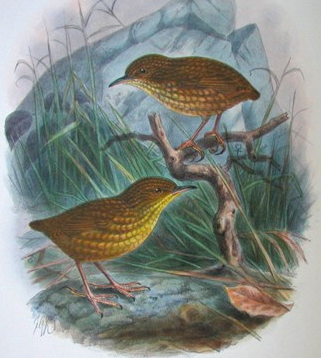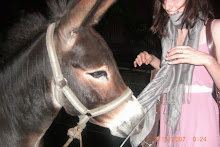
No one ever saw the bird alive in the wild. There were probably more than just the 11 that Tibbles nabbed, but Tibbles and his friends have been breeding, and by then there are lots of feral cats running around the island that probably ate up the other few wrens. Before cats came to the island, there were no predators, and the birds had evolved to loose the ability to fly, and took up more of the niche that mice or small rodents would have filled. Living without predators probably also meant they had lost their fear of potential predators. What a sad fate for a tiny creature - to die of being too trusting and having became too slow and comfortable in their prelapsairan secluded life.
When I went with Josh Stein on a trip to the Harvard Museum of Comparative Zoology for an appointment with someone in the orinthology department for some research on dalmatian pelicans, I asked if they had a specimen of the Stephen's Island Wren. The idea of seeing something so rare that there were only ever 15 specimens ever felt exciting. After opening a few drawers of tanengers, the ornitholgist remember that the bird had recently been moved to another draw, but he couldn't remember exactly where. Not wanting to be a pest, I dropped it.
This photo is of the specimen in a New Zealand museum:




